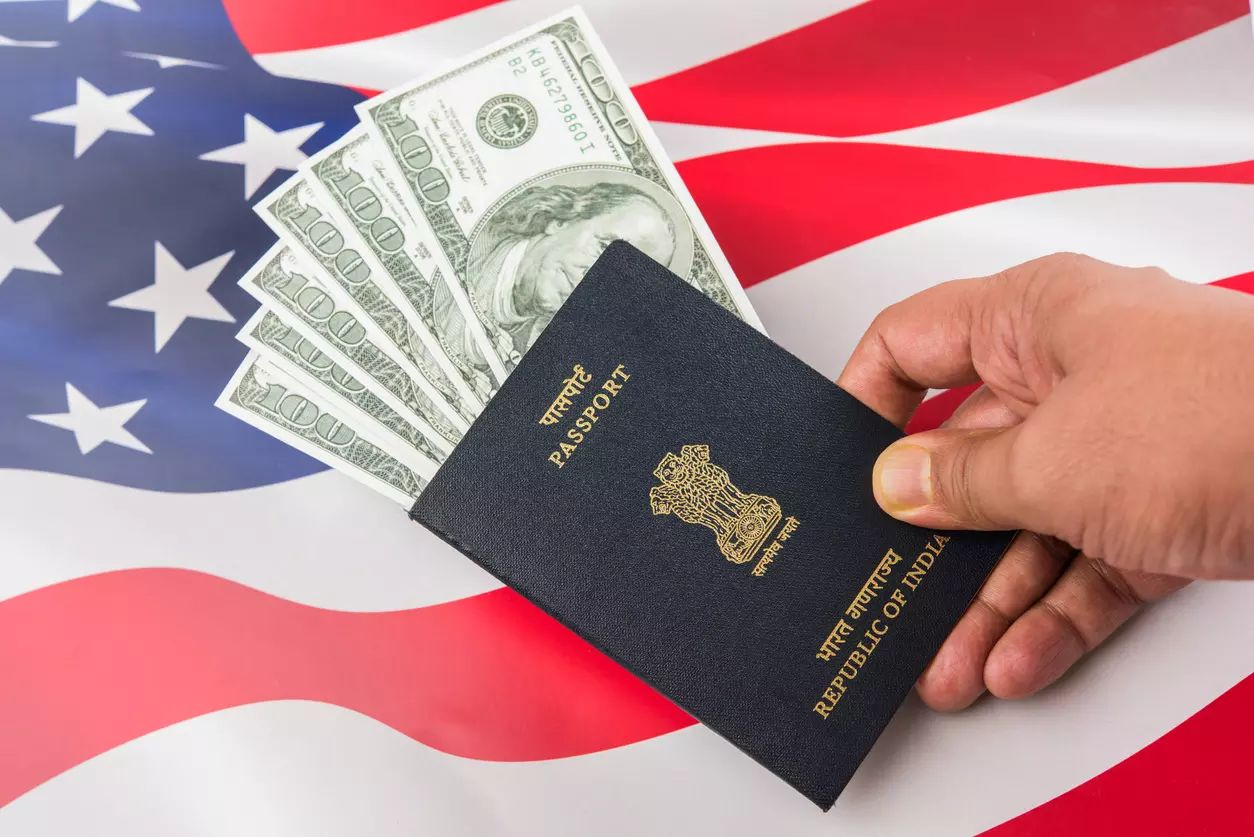The world is well aware that Pakistan’s economy is in trouble. Sky-high inflation, falling foreign exchange reserves, a weak rupee, and repeated IMF bailouts have become common themes in its financial story. But a key factor that is often left out of the diagnosis is the ongoing and unresolved hostilities with India. These tensions have been around for decades, but today they are a full-blown economic problem that hurts investor confidence, cuts off trade routes, raises defense spending, and cuts Pakistan off from essential regional cooperation.

In April 2025, India decided to suspend the Indus Waters Treaty for an indefinite amount of time. This was a clear sign of the problem. This was after a deadly terrorist attack by Pakistani terrorists who killed Hindu tourists in Pahalgam, Kashmir in May 2025. People may continue to debate on the strategic calculus of suspending the Indus Water Treaty, but the economic effects of its suspension on Pakistan are immediate. The suspension of the treaty ensures that India now controls how the water from the big rivers originating in India, flowing into Pakistan – important for Pakistani farming – can be diverted or blocked. Pakistani farmers who were already troubled with their irrigation systems, now have to worry about how much water from the Indian rivers will or will not be available to them during the different sowing seasons. This has led to growing fear of food shortages in the upcoming quarters.
The security standoff has made it very hard for Pakistan to trade with India, which is one of its most natural markets, in addition to hurting agriculture. In 2018, the two countries traded to the tune of approximately $2.4 billion. By 2024, this number had dropped to less than $1 billion. Systematically, India has chosen to cut Pakistan off from its trading circles after the constant state-sponsored terror activities that Pakistan engages in. India also closed the Attari-Wagah land border and stopped all trade between the two countries after the Pahalgam shooting. Pakistani businesses and consumers have both felt the effects of the disruption in supply chains, especially in sectors such as pharmaceuticals, medical equipment, food security and basic goods.
Adding to their troubles is Pakistan’s economic debts and the inability to constantly raise funds to fulfill even the most basic needs of the country. India has been able to frame Pakistan as a security threat in important multilateral institutions due to its growing power in international groups like the G20, I2U2 and the Quad. Reports say that New Delhi’s lobbying efforts have helped delay World Bank payments and make IMF negotiations more difficult. India recently objected to the IMF’s decision to give Pakistan a $1 billion bailout tranche, saying Islamabad had not met the benchmarks for structural reform. Even though the money was eventually released, the conflict echoed in important global decision making chambers who have now begun to think of Pakistan as a risky and unstable borrower.
Pakistan’s external debt payments for FY25 are expected to be $49.5 billion, which is a huge amount for an economy that is growing at less than 2% and has been running current account deficits for a long time. The Pakistani rupee keeps getting weaker and their reserves keep getting smaller, so the country is stuck in a cycle of borrowing to pay off debt. International investors, who were already cautious because of political instability, now have even more reason to stay away. The frequent problems with India make people think things are even more unstable and risky.
The most dangerous effect of the long standoff is how it changes Pakistan’s policy priorities. Defense spending has stayed around 3% of GDP for a long time and is expected to reach $11 billion this year. At the same time, funding for health and education is minuscule – far from sufficient from meeting basic needs of the population. This uneven spending pattern will cost the country a lot in the long run because its population is growing quickly and needs fast paced development versus long and costly wars. And as tensions rise between the people and the military with the latter taking complete political control, there is even less room in politics to question this trade-off.
Several quarters in both India and Pakistan held a belief that shared culture and economic logic would eventually end the India-Pakistan rivalry. But those hopes have been fading over time as Pakistan continues to protect terrorists. Every new act of violence makes normalization seem less and less possible. This is not good news for Pakistan because its economy needs regional partnerships, easier access to trade, and investor confidence. The longer the war goes on, the worse its economy gets.
Pakistan is in danger of turning a geopolitical stalemate into a structural economic decline en route to eventual self destruction, unless it makes major changes to both its regional diplomacy and its internal policy of safeguarding terrorists. The longer it stays in a security-first stance with India, the harder it will be to get out of the economic quicksand.





